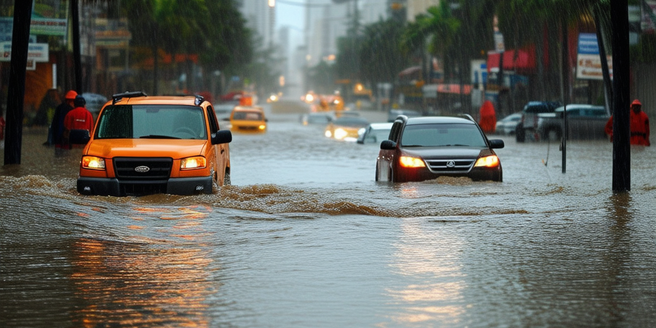
Understanding Tropical Storms and Their Impact
Tropical storms are weather phenomena characterized by heavy rain and strong winds. They form over warm ocean waters in tropical regions and can cause significant damage to infrastructure, disrupt communities, and pose a threat to human safety. Their impact depends on various factors, such as storm intensity, path, and preparation measures taken by affected regions. Understanding tropical storms involves recognizing their potential to cause flooding, landslides, and power outages. Awareness of these factors is crucial for emergency preparedness and response. By studying past events and patterns, scientists aim to improve forecasting and minimize the impact of future storms. Public awareness campaigns also play a vital role in educating communities about the risks associated with tropical storms, leading to better preparedness and resilience in vulnerable areas affected by these natural disasters.
How Tropical Storm Watches Are Issued
Tropical storm watches are issued by meteorological agencies when storm conditions are likely within 48 hours. These alerts are part of a structured system aimed at providing early warnings to communities in the potential path of a storm. The process begins with the analysis of weather data and satellite imagery to track the storm’s development, movement, and potential to intensify. Meteorologists assess these factors to determine the probability and timing of impact on specific regions. When the criteria are met, a watch is declared, urging residents and local authorities to prepare for possible severe weather conditions. This proactive measure allows individuals and communities to take necessary precautions, such as securing property, planning evacuation routes, and gathering emergency supplies, minimizing potential risks to life and property during a tropical storm.
Interpreting Tropical Storm Watch Alerts
Interpreting tropical storm watch alerts is crucial for effective disaster preparedness. These alerts indicate that storm conditions are expected in the area, but not imminent, and provide valuable time for residents to implement safety measures. Key details include the potential impact, such as heavy rainfall, strong winds, and flooding risks. It is essential to understand the severity and likelihood of these threats as described in the alerts. Individuals should follow guidance from local authorities about protective actions, such as evacuations. Staying informed through reliable sources like the National Weather Service ensures access to updates and changes in storm intensity or trajectory. Public awareness campaigns aim to educate individuals on the importance of reading and acting on these alerts accurately, promoting community safety and minimizing storm-related hazards.
Preparing for a Tropical Storm in Your Area
Preparing for a tropical storm involves proactive planning to ensure the safety of individuals and property. Begin by staying informed about the latest weather advisories from trusted sources. Assemble an emergency kit that includes essentials like water, non-perishable food, medications, and important documents. Secure your home by reinforcing windows, doors, and removing outdoor items that can become projectiles. Identify evacuation routes and shelter locations in advance. Communicate your emergency plan with family members, and consider the needs of pets and vulnerable individuals. Regularly review and practice your plan to ensure everyone knows their role during a storm. Community preparedness also involves staying connected with neighbors and local emergency services, fostering a network of support and resilience. By taking these steps, you enhance your readiness and ability to respond effectively to tropical storm conditions.
Staying Informed and Safe During a Watch
Staying informed and safe during a tropical storm watch requires vigilance and access to reliable information. Monitor updates from official meteorological sources and local authorities to track storm progression and potential changes in conditions. Follow instructions provided in alerts, such as evacuation orders or shelter-in-place guidance, to protect yourself and your loved ones. Use multiple communication channels like radio, television, and mobile alerts to receive timely updates. Community engagement is vital during such times; check on neighbors, especially the elderly or those with special needs, and share resources and knowledge. Keep emergency supplies accessible and ensure your devices are charged for emergency communications. Maintaining readiness and adaptability ensures your safety and resilience against the challenges posed by an approaching tropical storm. A well-prepared community can significantly reduce risks and enhance recovery efforts post-storm.
